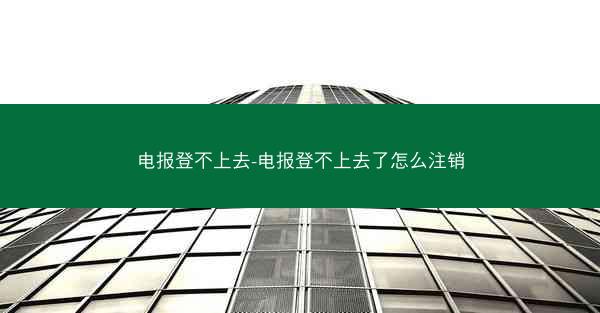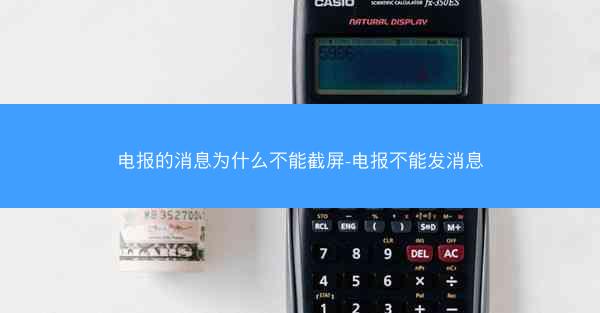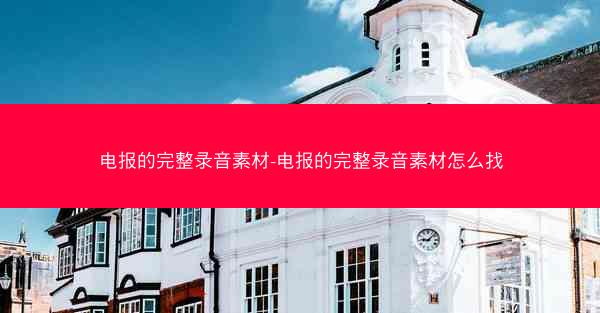leavebehind和leavein区别-leave in和leave on的区别

本文旨在探讨英语中leave behind和leave in的区别,以及leave in和leave on的区别。通过对这两个短语在用法、含义和语境中的不同进行详细分析,帮助读者更好地理解这些短语的正确使用方式。
leave behind 和 leave in 的区别
1. 含义差异
- leave behind:意为留下,遗留,通常指在离开某地或某事时,有意或无意地留下某物。
- 例如:Don't leave your keys behind when you go out.
- (出去时别忘了留下钥匙。)
- leave in:意为留在,通常指某种物质或成分被保留在某个地方或某个物体中。
- 例如:Leave the conditioner in your hair for a few minutes before rinsing.
- (在冲洗前,让护发素在你的头发里停留几分钟。)
2. 语境应用
- leave behind:常用于描述物理或物质的遗留。
- 例如:Make sure to leave behind all personal belongings before you leave the hotel.
- (离开酒店前,确保留下所有个人物品。)
- leave in:常用于描述化学物质、化妆品或护理产品在皮肤或头发上的使用。
- 例如:Leave the sunscreen on for at least 20 minutes before going outside.
- (在外出前至少让防晒霜在皮肤上停留20分钟。)
3. 语法结构
- leave behind:通常后接名词或代词。
- 例如:I left my wallet behind at the restaurant.
- (我把钱包落在餐厅了。)
- leave in:同样后接名词或代词,但有时也可以接动词不定式。
- 例如:She left in the cream to moisturize her skin.
- (她留下了润肤霜来滋润皮肤。)
leave in 和 leave on 的区别
1. 含义差异
- leave in:如前所述,意为留在。
- 例如:Leave the medicine in your mouth for a minute before swallowing.
- (在吞咽前,让药片在嘴里停留一分钟。)
- leave on:意为穿上,戴上,通常指衣物、首饰或装饰品。
- 例如:Leave the jacket on; it's cold outside.
- (穿上夹克,外面很冷。)
2. 语境应用
- leave in:常用于描述液体、膏体或粉末等物质在某个地方的保留。
- 例如:Leave the paint in the can for 24 hours before using it.
- (在使用前,让油漆在罐子里放置24小时。)
- leave on:常用于描述衣物、鞋子、首饰等物品的穿戴。
- 例如:Don't leave the lights on when you're not home.
- (不在家时,不要让灯亮着。)
3. 语法结构
- leave in:后接名词或代词,有时也可以接动词不定式。
- 例如:He left in the instructions for the new employee.
- (他留下了给新员工的指示。)
- leave on:后接名词或代词,通常指穿戴的物品。
- 例如:She left on her earrings before going to the party.
- (在参加派对前,她戴上了耳环。)
通过对leave behind和leave in的区别,以及leave in和leave on的区别的详细分析,我们可以看到这些短语在含义、语境和语法结构上的差异。正确理解和使用这些短语对于提高英语表达能力和沟通效果至关重要。在日常交流中,注意区分这些短语的用法,可以避免误解和混淆,使交流更加顺畅。










